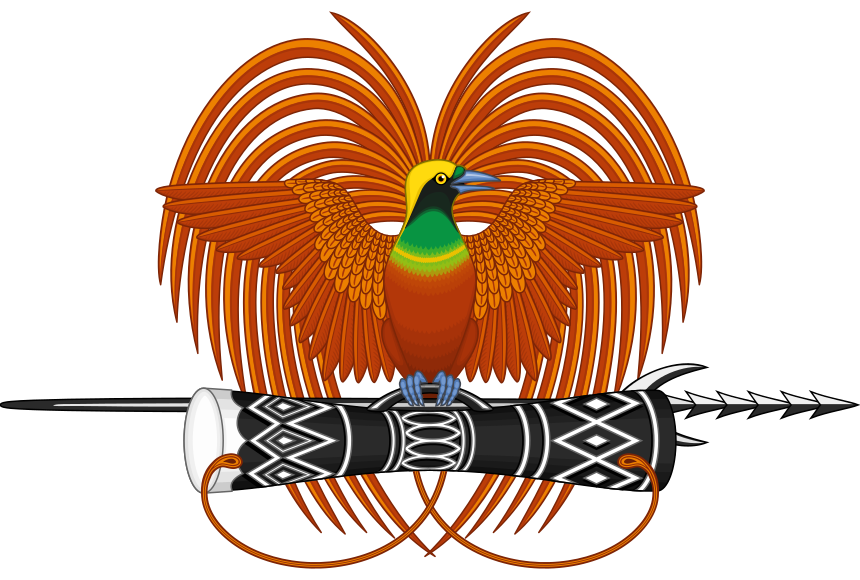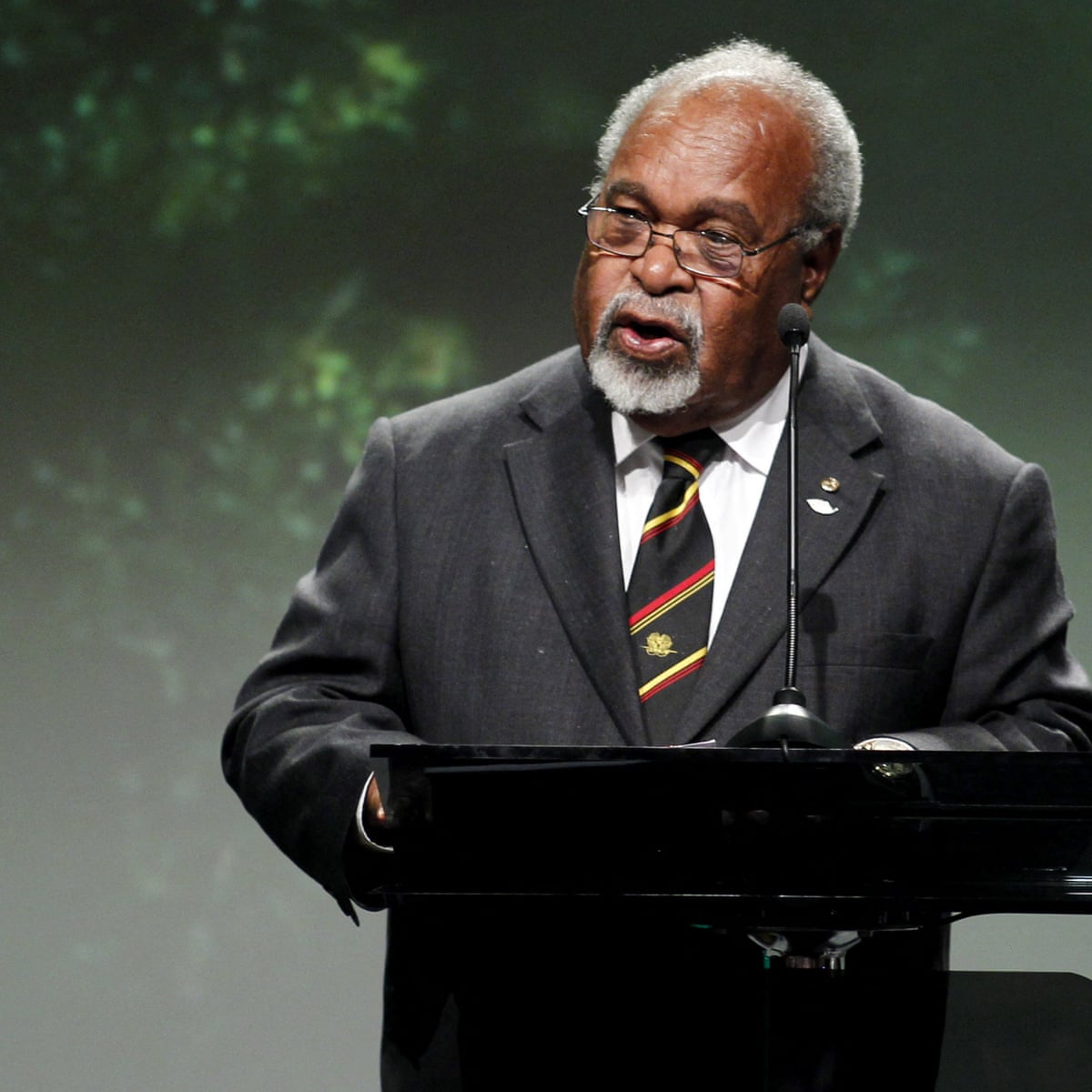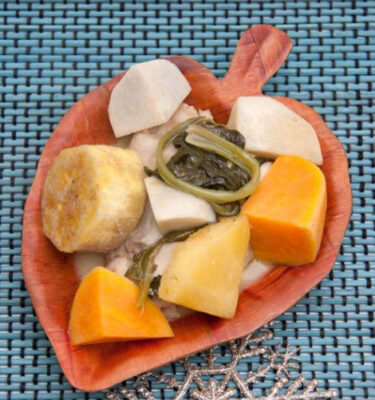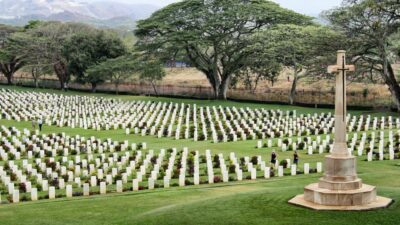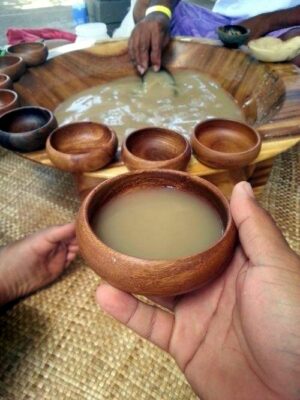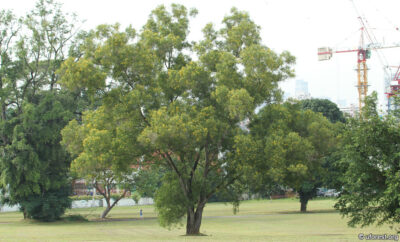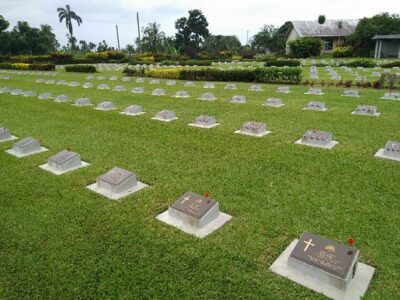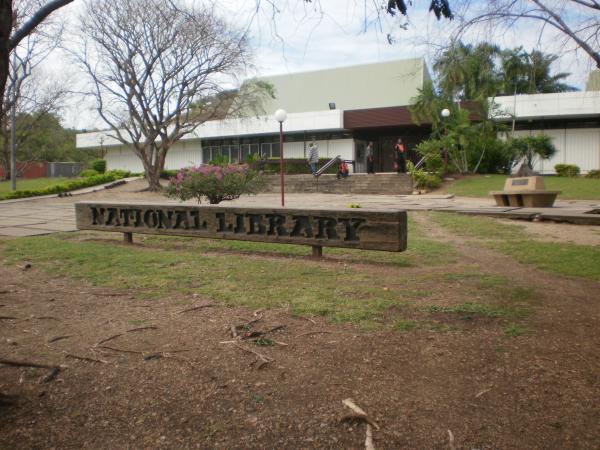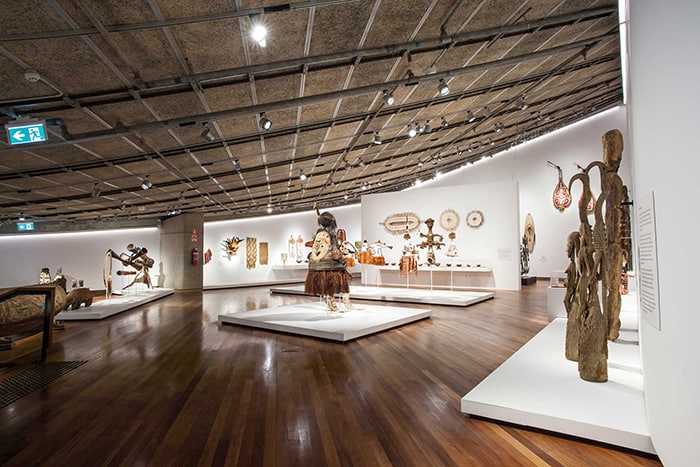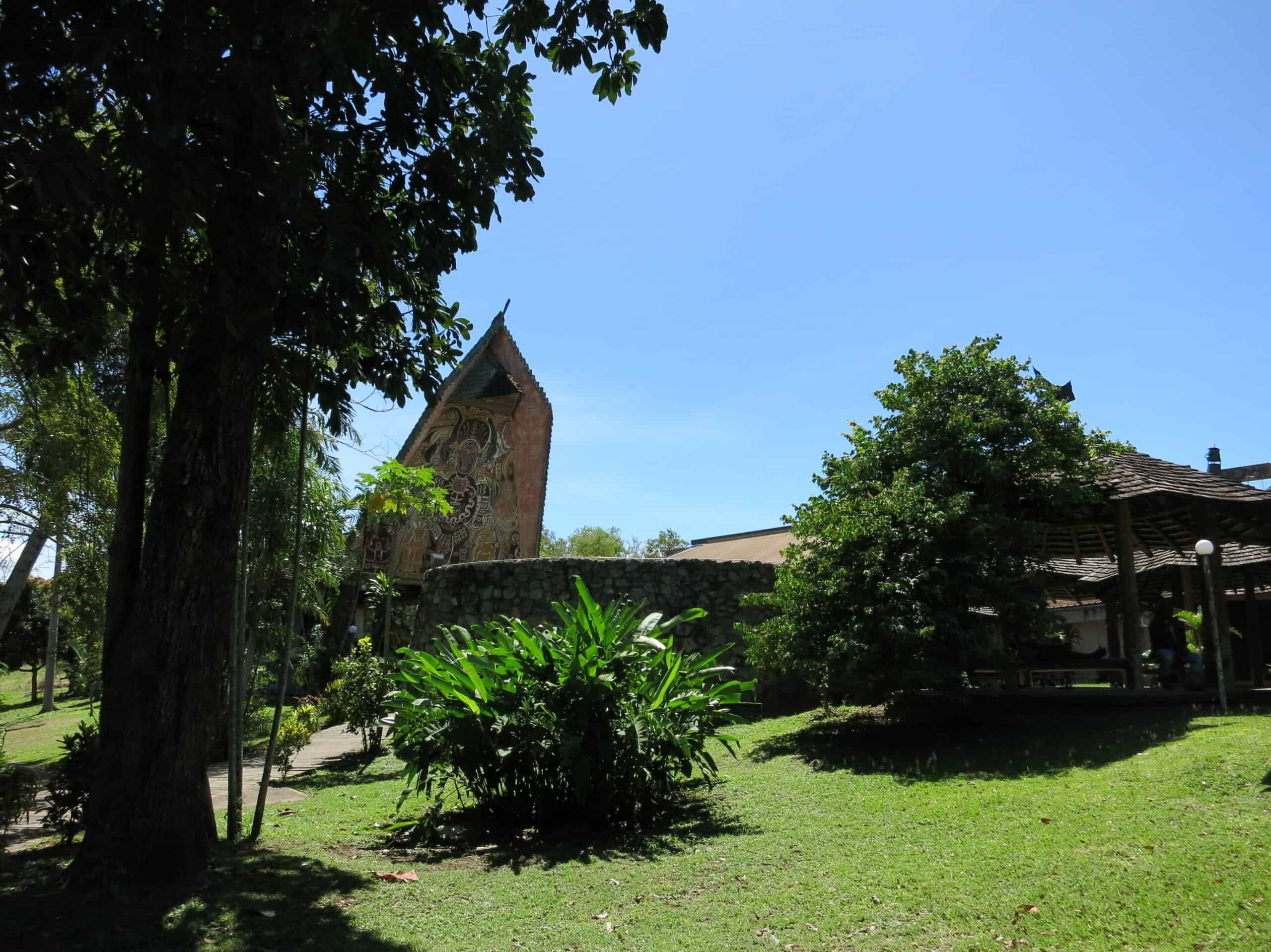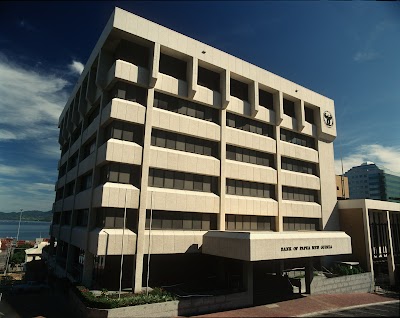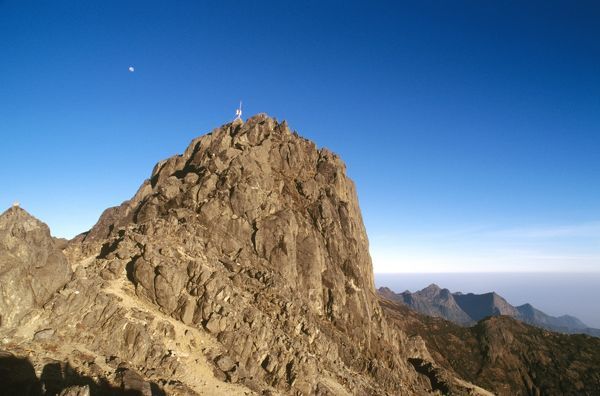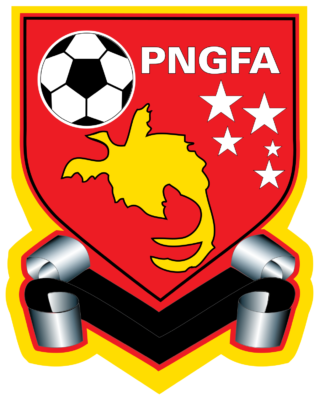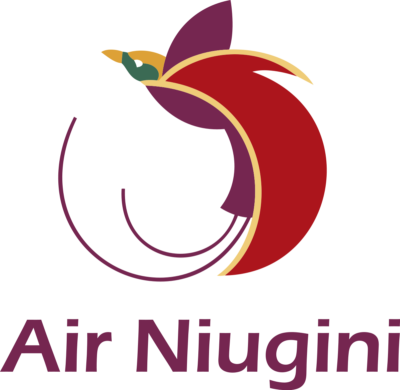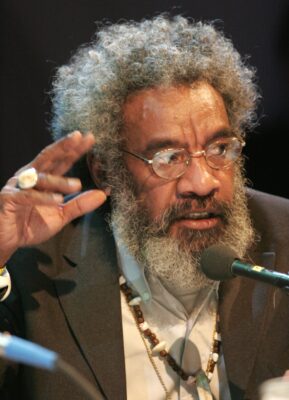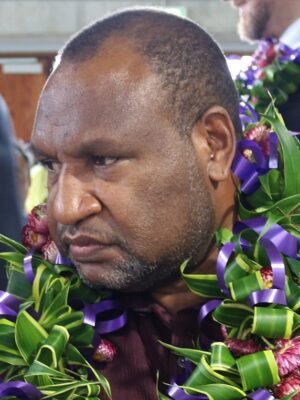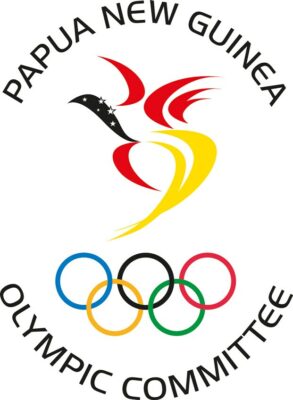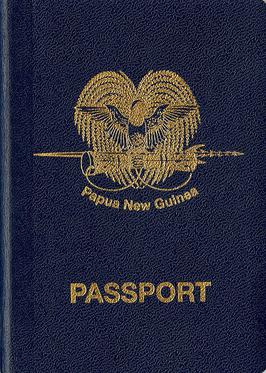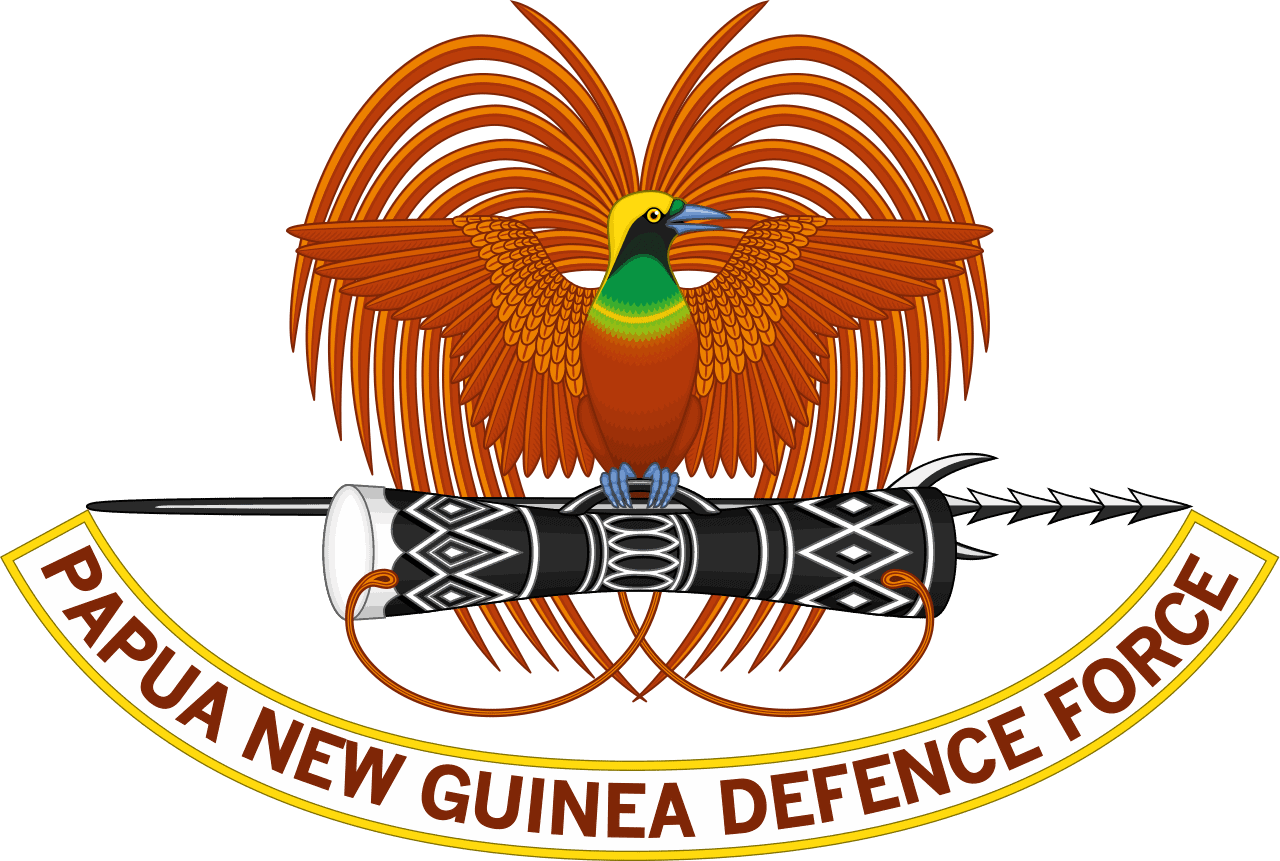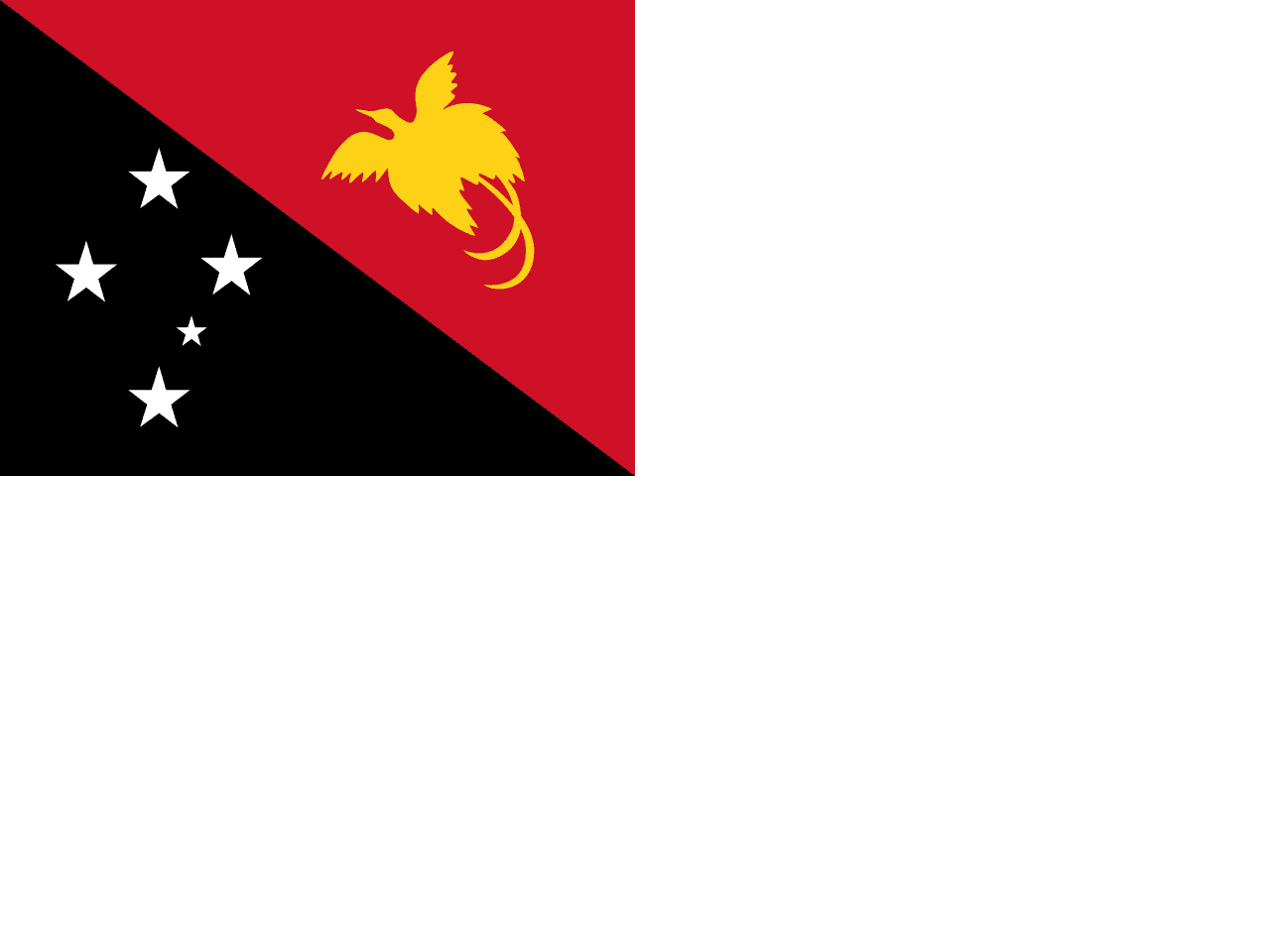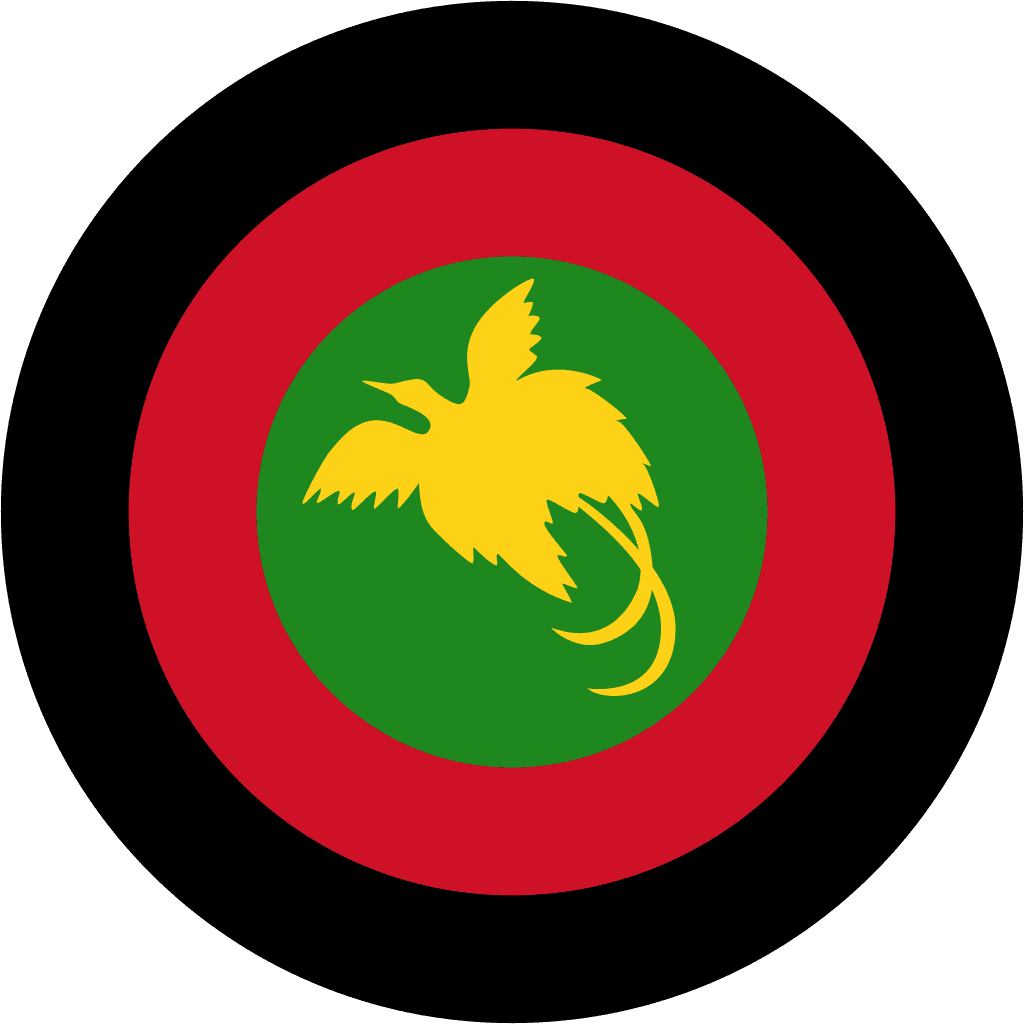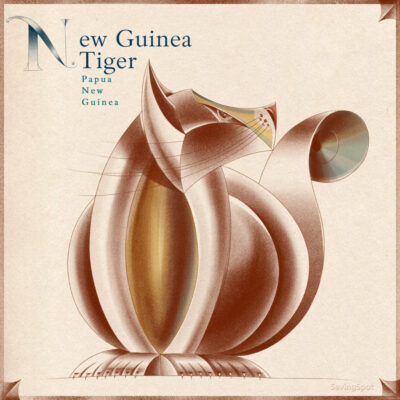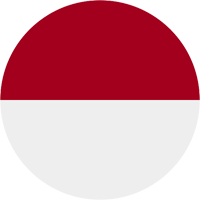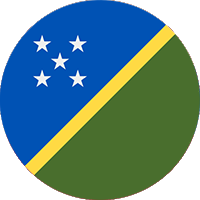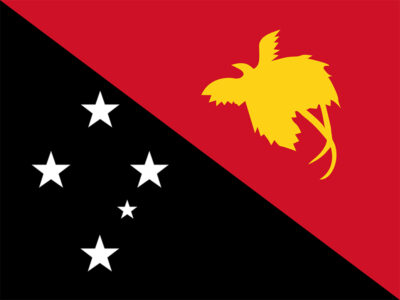National Symbols of Papua New Guinea
Last updated on May 16th, 2023 by Editorial Staff
Table Of Contents
Reviewed by Rittika
Papua New Guinea is a country in Australia/Oceania. The official name of Papua New Guinea is the Independent State of Papua New Guinea. It shares borders with 3 countries: Indonesia, Australia, and the Solomon Islands. The people of Papua New Guinea are called Papua New Guineans. The country is in Oceania, a group of islands including the eastern half of the island of New Guinea between the Coral Sea and the South Pacific Ocean, east of Indonesia.
Etymology discusses where a term is considered to have originated from and how its meaning has changed over time. Etymology has been a factor in the naming of countries all across the world, and Papua New Guinea has also been influenced. The etymology of Papua New Guinea can be defined as; The country was named in the 19th century the word “Papua” is derived from a Malay word describing the frizzy Melanesian hair, and “New Guinea” (Nueva Guinea) was the name coined by the Spanish explorer Yñigo Ortiz de Retez.
An ethnicity is a group or sub-group of people who are connected based on common characteristics which may include religion, origin, language, traditions, or culture. The ethnic groups in Papua New Guinea include the Papuan.
Air Niugini is the national airline of Papua New Guinea. The national colors of the country are black, red, and yellow. The emoji flag of the country is ????????, and the ISO code is PNG.
Papua New Guinea is known for snorkeling, global biodiversity, and marine life. The national dish of Papua New Guinea is Mumu. Kava, in addition to being a traditional beverage, is one of the country’s national drinks. The national instrument of Papua New Guinea is Kundu.
The country has the time zone UTC+10, +11 (AEST) followed by dd/mm/yyyy as the standard date format.
Papua New Guinea is divided into 20 provinces, 1 autonomous region, and 1 National Capital District. The capital of the country is Port Moresby, which is also the largest city in Papua New Guinea.
The literacy rate in Papua New Guinea is 61.6%.
The country’s total area is 462,840 km² (178,700 sq mi), and the total population is 8,947,024. The country’s average elevation is 667 m (2,188 ft), whereas the country’s terrain can be defined as; Mostly mountains with coastal lowlands and rolling foothills. The country’s usual climate is tropical; with northwest monsoon (December to March), southeast monsoon (May to October); with slight seasonal temperature variation.
The area of land next to a sea is called the coast, and a coastline is defined as the line where land and sea meet. Papua New Guinea has 5,152 km of coastline.
The Papua New Guinean kina serves as the national unit of currency, and the Bank of Papua New Guinea is recognized as the country’s central bank. The domain for Papua New Guinea is .pg and the country code is +675. Bird of Paradise is the country’s coat of arms.
Museums are known to educate and connect visitors with the nation’s history, culture, civilization, art, and architecture. The Papua New Guinea National Museum and Art Gallery serves the same purpose and is considered one of the most significant tourist attractions. The Papua New Guinea National Museum and Art Gallery is home to a large collection of artifacts. It has been designated as the national museum of the country.
The national dress of Papua New Guinea is the Meri blouse, and 16 September is designated as National Day. In Papua New Guinea, the majority of the population practices Christianity Protestantism, and Catholicism as their religion.
Nature is a blessing from God and we must protect it because it provides us with the oxygen and food to survive. It also helps to keep our environment beautiful and clean. To emphasize the significance of nature, Papua New Guinea has selected a few forces of nature as national symbols. Papua New Guinea’s national bird is the Raggiana bird-of-paradise, while its national animal is the Dugong. The national flower is Dendrobium lasianthera sepik blue type whereas, the national tree of Papua New Guinea is the Earleaf acacia, and the highest peak is Mount Wilhelm.
Mythical creatures can be found in the literature and mythologies of many different nations. They represent imaginative representations of various creatures, humans, or hybrids. They are known for their specific features, supernatural abilities, and distinctive appearance. The mythical creature of Papua New Guinea is New Guinea Tiger.
Sports have always played an important role in developing the social and cultural structure of Papua New Guinea and other countries. When it comes to designating a sport as the official symbol, Cricket is considered the country’s national sport.
Grand Chief Sir Michael Somare is the founder of Papua New Guinea. The country’s national anthem was written and composed by Tom Shacklady.
Mausoleums are buildings dedicated to holding someone’s remains. It serves as a reminder of the nation’s revolutionary fighters who sacrificed their lives for the country. Mausoleums are one of the most significant historical landmarks. The national mausoleum of Papua New Guinea is Lae War Cemetery. The country’s national hero is Viktor Kaisiepo.
Due to their unique qualities and rich cultural or historical backgrounds, national monuments around the world are of great importance. Bomana War Cemetery is recognized as the national monument of the country. It attracts visitors from all around the world.
Numerous organizations are working on a global level to improve the current state of affairs and to collaborate in order to establish and maintain constructive partnerships. Papua New Guinea is a member of the Commonwealth of Nations, Pacific Community (PC), and United Nations (UN). Papua New Guinea collaborates with them to organize, analyze, and address various events and situations.
The tourism slogan of the country is “A Million Different Journeys” whereas, “Unity in Diversity” is the official motto of the country.
James Marape is the current Prime minister of Papua New Guinea.
Papua New Guinea has declared Hiri Motu as the country’s official language.
– Further information regarding the symbols and knowledge of Papua New Guinea can be found in the table of contents –
Country information
Coat of arms
Flag map of Papua New Guinea
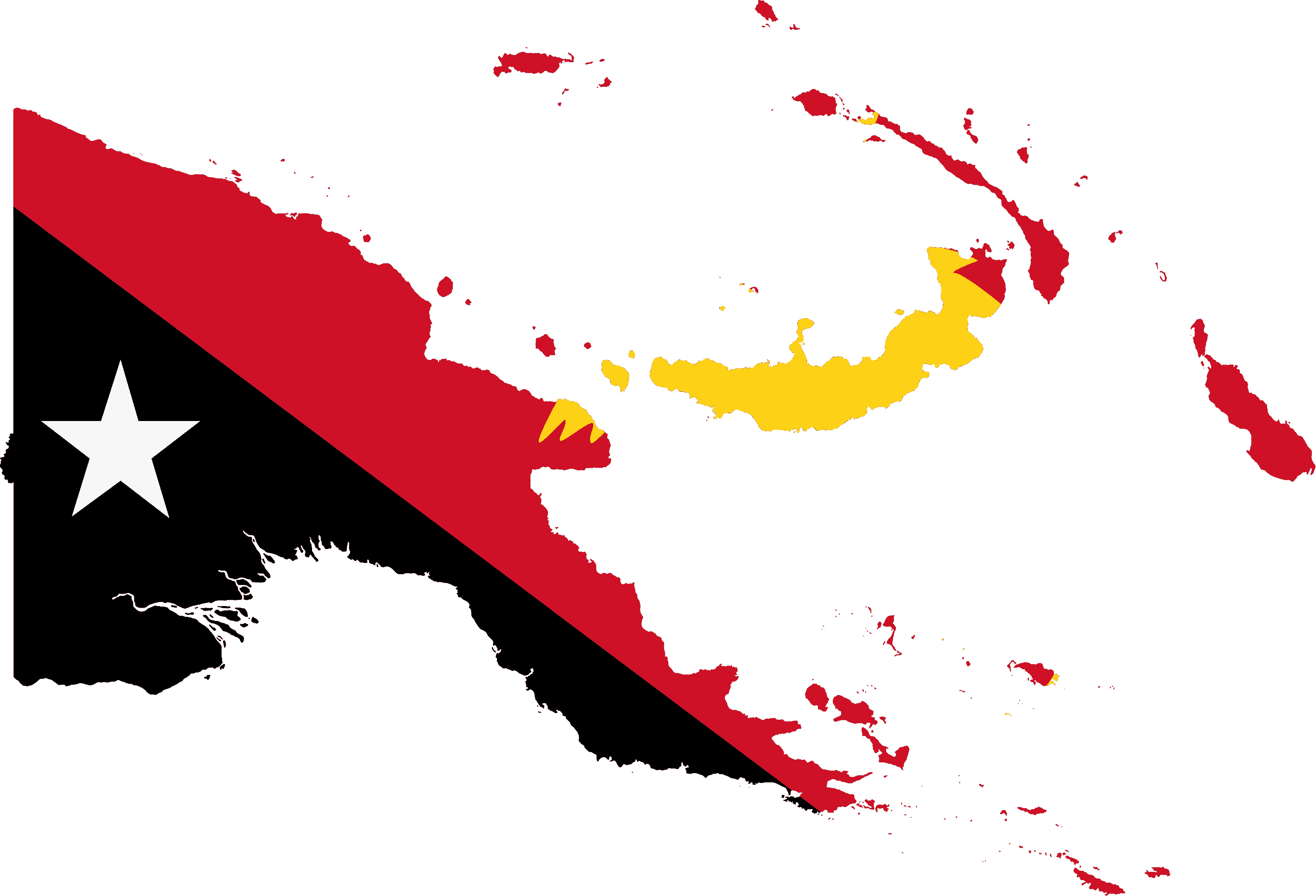
Motto of Papua New Guinea
National animal of Papua New Guinea
The National animal of Papua New Guinea is Dugong
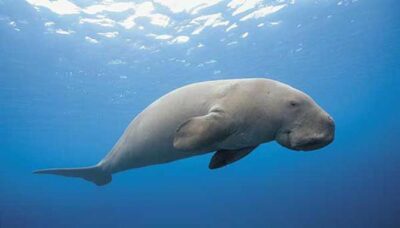
National flower of Papua New Guinea
The National flower of Papua New Guinea is Dendrobium lasianthera sepik blue type. Botanical name is Dendrobium Lasianthera.
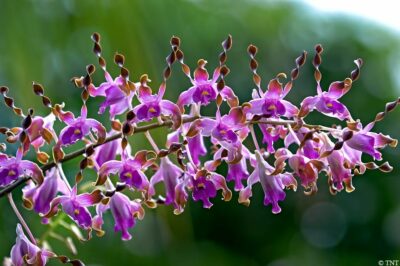
National bird of Papua New Guinea
The National bird of Papua New Guinea is Raggiana bird-of-paradise
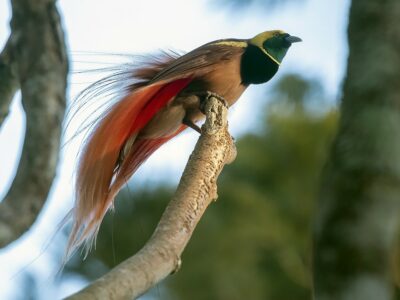
Rest of the National symbols of Papua New Guinea 👇
-
FounderGrand Chief Sir Michael Somare
-
National dishMumu
-
National danceBamboo dancing or 'thong slapping' dance
-
National dressMeri blouse
-
National monumentBomana War Cemetery
-
National anthemView Anthem
-
National fruitNot Declared
-
National drinkKava
-
National colorsBlack, red, and yellow
-
National sportsCricket
-
National treeEarleaf acacia
-
National poetNot Declared
-
National mausoleumLae War Cemetery
-
National archivesNational Archives of Papua New Guinea
-
National museumPapua New Guinea National Museum and Art Gallery
-
National libraryNational Library of Papua New Guinea
-
Central BankBank of Papua New Guinea
-
Highest peakMount Wilhelm
-
National football teamPNG
-
Tourism sloganA Million Different Journeys
-
Emoji flag????????
-
National airlineAir Niugini
-
National instrumentKundu
-
National heroViktor Kaisiepo
-
Prime MinisterJames Marape
-
Olympics CommitteePapua New Guinea Olympic Committee Inc.
-
PassportPassport of Papua New Guinea
-
ArmyPapua New Guinea Land Element
-
NavyPapua New Guinea Maritime Element
-
Air ForcePapua New Guinea Air Wing
-
Mythical CreatureNew Guinea Tiger
